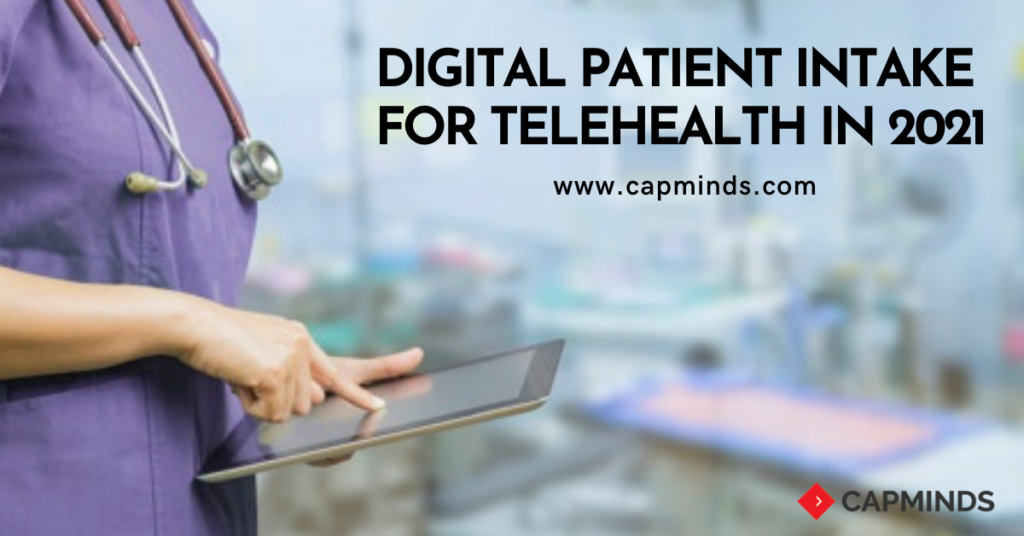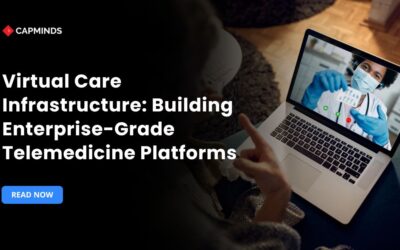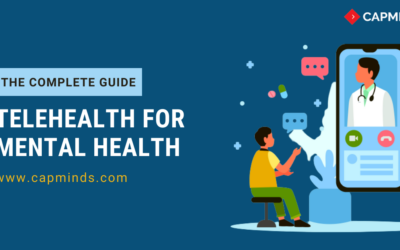Digital Patient Intake For Telehealth In 2025
The healthcare practices and medical clinics all across the U.S country are started adapting to the new technologies and tools to navigate the pandemic situation. With the emergence of telehealth services, healthcare facilities are changing themselves towards virtual care clinics to reduce hospital readmission and increase productivity. But to achieve true virtual care, digital patient intake is also a must.
The digital patient intake for telehealth has now become an important tool for reducing the risk of exposure and ensuring both the patients and practices are getting the best out of a telehealth visit.
Why Digital Patient Intake Is Important For Telehealth?
Keeping staff and patients safe is now more important than ever. But if you’re shifting in-person appointments to telehealth visits, it’s important to think about how you’ll manage all of the pre-visit processes in a virtual setting that normally happens in the waiting room. Even with a telehealth solution in place, healthcare organizations still need a system for performing the necessary intake tasks ahead of time and at scale.
Automated digital intake allows you to consistently capture key patient information, including demographics, clinical history, consent forms, and copays, to properly manage the virtual visit.
For example, when a Cincinnati-based pediatrics group was looking for a way to mirror its in-office registration process for telehealth visits, the organization used automated intake to verify patients’ billing and demographic information, collect past-due balances and ensure consents were completed in a timely fashion.
RELATED: TELEHEALTH – THE FUTURE OF HEALTHCARE
Benefits Of Digital Patient Intake For Telehealth
1. Digital Patient Intake Supports Healthy A/R Cycles:
Capturing accurate patient information, including payer information before the patient appointment equips medical staff with the ability to verify coverage and help patients understand their financial responsibility before their appointments. It also gives medical staff the ability to identify copays and deductibles ahead of time so they can collect at the time of service.
2. Creates Better Patient Experience Financially
Patients hate surprises, especially financial surprises. Talking to them about their financial responsibility before the appointment can help reduce the anxiety they may be experiencing related to getting care. It also reduces wait times by eliminating the paperwork that traditionally takes place at check-in. Finally, saving time off the schedule helps optimize the flow of patients through the clinic, so providers can spend more time with their patients.
3. Reduces The Risk Of Exposure
When patients complete digital intake forms on their own devices, they are spared the risk of sharing clipboards, pens, paper, kiosks, or other surfaces and devices which can carry germs and viruses. Virtual waiting rooms, in which patients can check-in for their appointments from a mobile device and remain in their vehicles until a provider is ready for them, allows patients to skip the traditional waiting room altogether and further reduces their risk of exposure.
RELATED: TELEHEALTH EHR INTEGRATION IMPROVES CLINICAL WORKFLOW
4. Digital Intakes To Reduce No-Show Rates
Practices can also use automated intake workflows to reduce telehealth no-shows by sending a text message or email link to patients that reminds them to register, provides instructions for how to check in and sets expectations for the visit. One multi-site urology group saw its telehealth no-show rate decrease from 20% to 2% after using automated intake for its virtual visits.
Enabling Digital Intake For Telehealth
1. Digital COVID-19 Screening
The Centers for Disease Control and Prevention has mandated COVID screening across health care facilities for all patient visits. That’s a lot of conversations if you choose to adopt that route. Digitizing the screening questionnaire will help you capture the information effortlessly. It’s not enough just to complete the screening, but it’s equally important to have adequate automation in place to ensure that there is a real-time and easy-to-access alert for your staff in case the screening shows a suspected case.
2. Digitally Capture Assessments
With the COVID-19 pandemic, the anxiety levels are escalating in America. American Psychiatric Association released a national poll where 62% of Americans have high anxiety or COVID-panic.
Capturing Assessment scores is more crucial for people with existing anxiety conditions, as they are more likely to worsen their coexisting chronic medical conditions, such as diabetes and heart disease. Your Providers have to know the assessment score before their face-time with your patients.
The combination of mobile check-in and telehealth are handy solutions in such situations where the patient will be more comfortable staying at home. It becomes perfect when your digital check-in solution allows you to capture assessments, auto-scores the value, and send it to the EHR systems without any or much manual effort from MAs.
Final Thoughts
The COVID-19 pandemic has brought tremendous changes to healthcare. As the emerging patient journey towards accessing healthcare remotely continues to turn increasingly digital – the healthcare practice that wishes to engage patients and offers expert care should adopt the growing technologies like digital patient intake for telehealth.
At CapMinds, our best telehealth services work to capture the accurate patient’s intake information digitally before the virtual visit, by providing a safer experience for both healthcare providers and patients.




